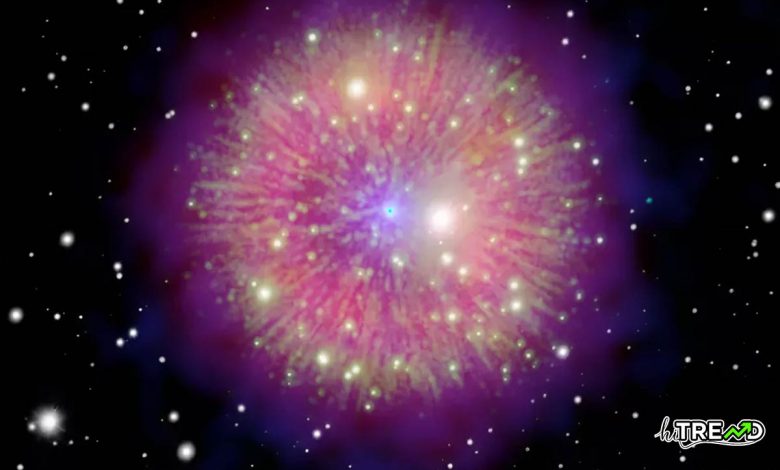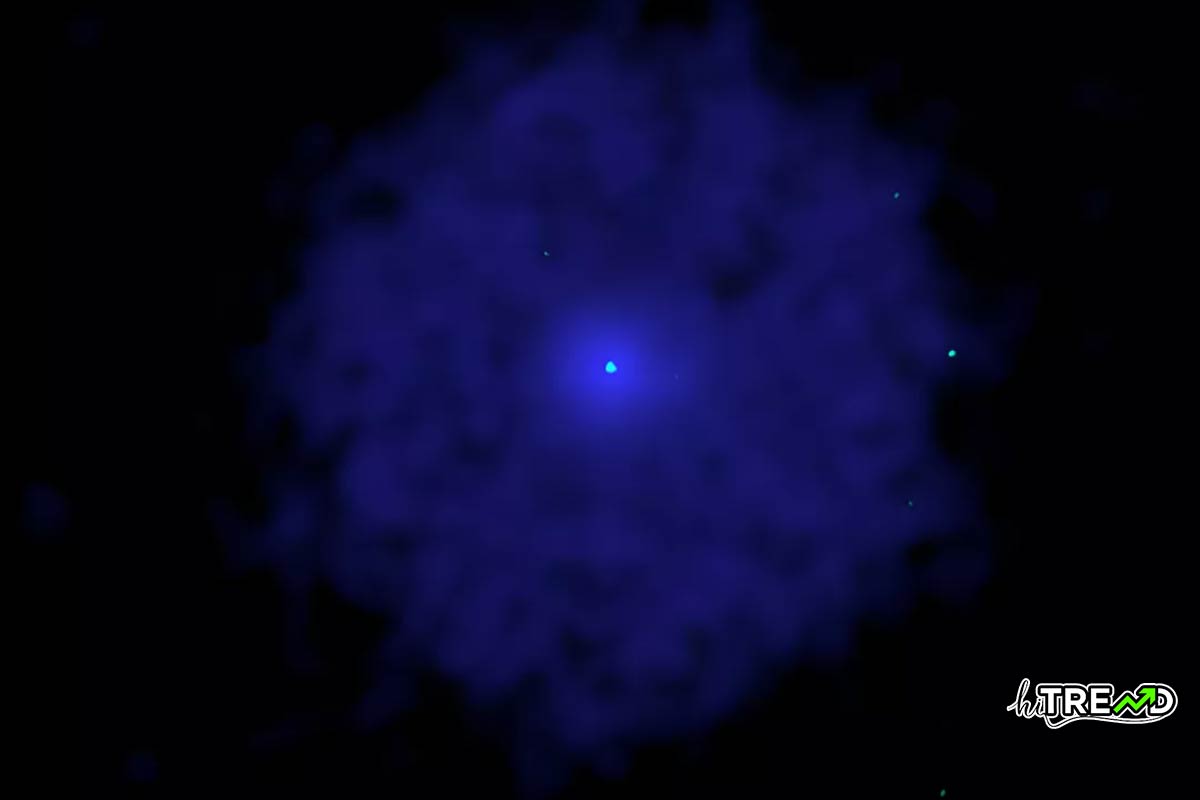New discoveries help astronomers crack 1181 AD supernova mystery

In context: Let’s rewind the cosmic clock more than 800 years to 1181 AD. Chinese and Japanese stargazers witnessed a brilliant “guest star” that illuminated the night sky for about six months before fading away. Unbeknownst to them, they were among the first humans to observe and record evidence of a supernova explosion. Fast forward to the modern era, and that medieval light show – now officially known as SN 1181 – has become an astronomical cold case waiting to be solved. Thanks to 21st-century astronomy, we may finally be unraveling the mysteries of this ancient phenomenon.New discoveries help astronomers crack 1181 AD supernova mystery
You can read more Technology articles
The trail heated up in 2021 when researchers at the University of Manchester, using observations from an amateur astronomer in Los Angeles, traced SN 1181 back to its likely origin – a nebula some 7,000 light-years away in the northern constellation Cassiopeia. Typically, a supernova of SN 1181’s Type Ia category results in the total destruction of the white dwarf star that triggered the explosion.
However, SN 1181 was no ordinary stellar event. It stopped just short of complete obliteration, leaving behind a “zombie star” still slowly spinning at the core of the distant Cassiopeia nebula. The bizarre survival of this dead-but-not-destroyed remnant revealed that SN 1181 wasn’t a typical Type Ia supernova. Instead, it was something rarer – a Type Iax event, likely triggered by the merger of two white dwarf stars, creating a zombie star stripped of common elements like hydrogen and helium.

The mystery only deepened from there. A study published in The Astrophysical Journal in July, led by Takatoshi Ko at the University of Tokyo, used computer modeling to reconstruct the remnant’s evolution over centuries, confirming its Type Iax signature. However, their simulations revealed something truly peculiar – two distinct shock wave patterns. One was formed by material ejected during the original supernova blast, but the inner region suggested that the zombie star had somehow re-ignited within the past 100 years, despite being essentially nuclear dead weight.New discoveries help astronomers crack 1181 AD supernova mystery
Ko told CNN that their leading theory is that the incomplete Iax explosion may have left enough orbiting debris to eventually fall back onto the remnant white dwarf’s strong gravity well, providing fresh fuel to cause a reignition.
Astronomers are now focusing their largest telescopes on the SN 1181 remnant to uncover its secrets. Hawaii’s Subaru Telescope and the Very Large Array radio observatory in New Mexico could provide the high-resolution data needed to determine what reignited this “undead” star and finally solve the mystery.
Follow HiTrend on X





